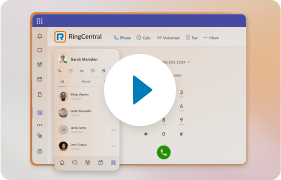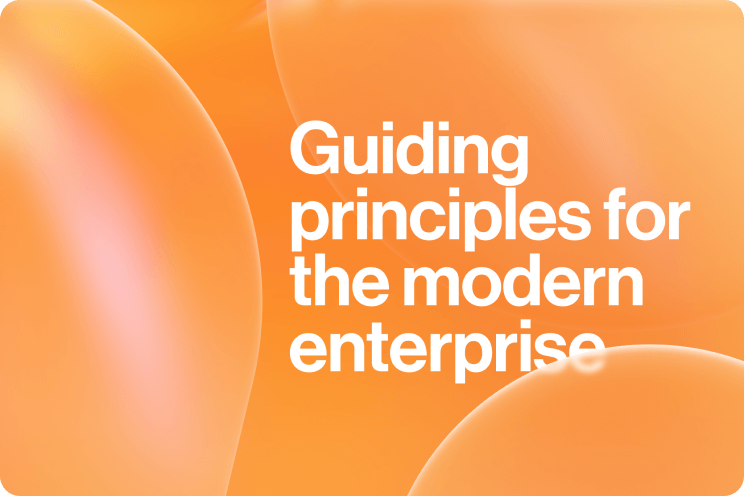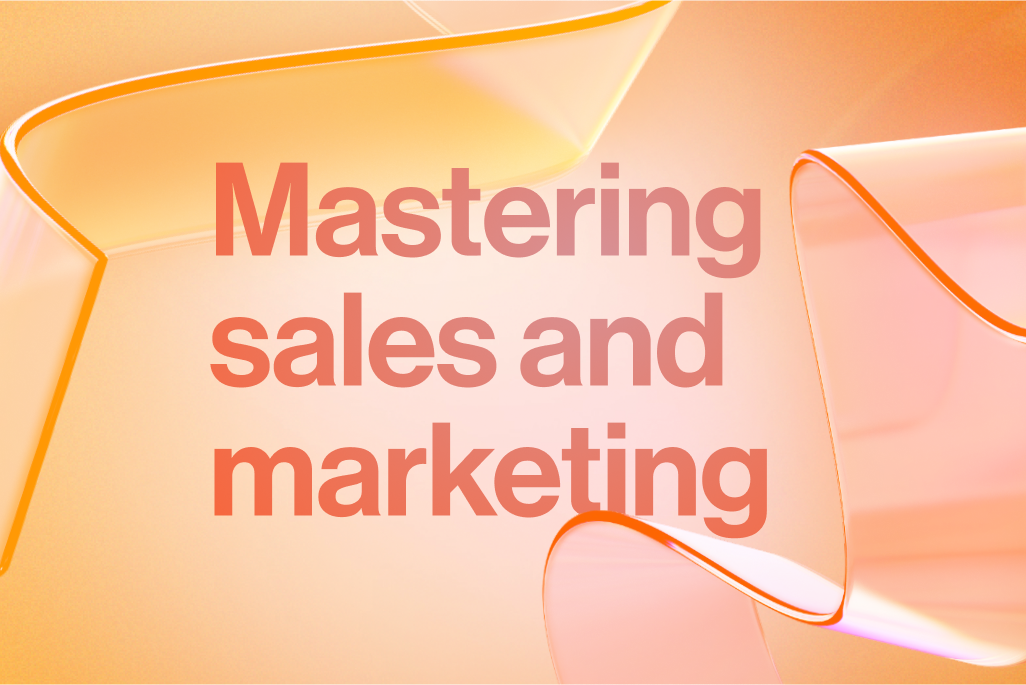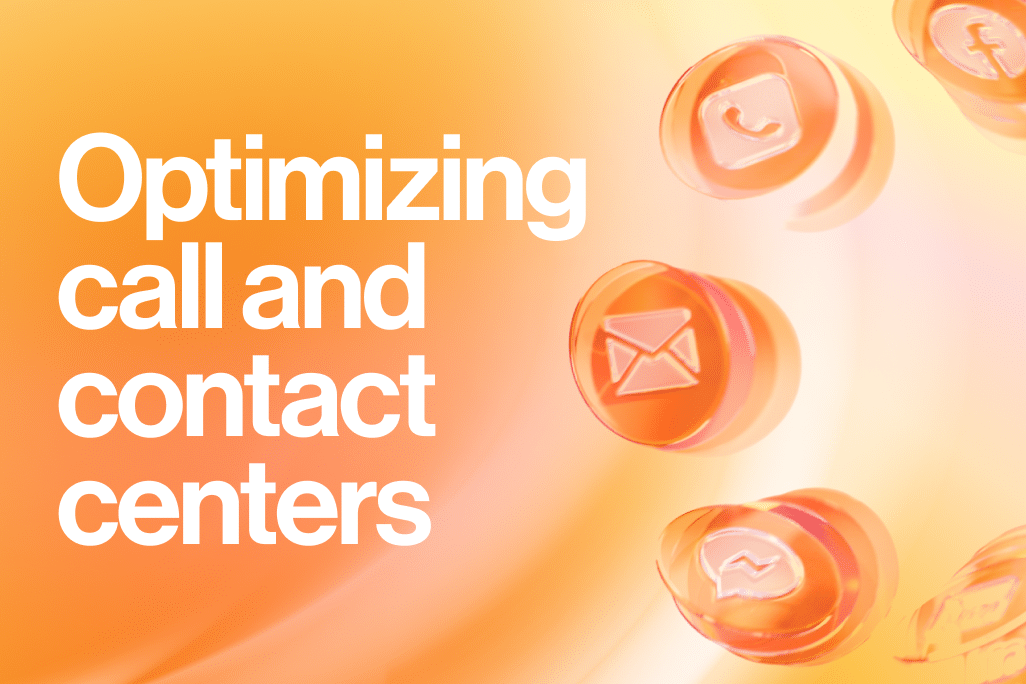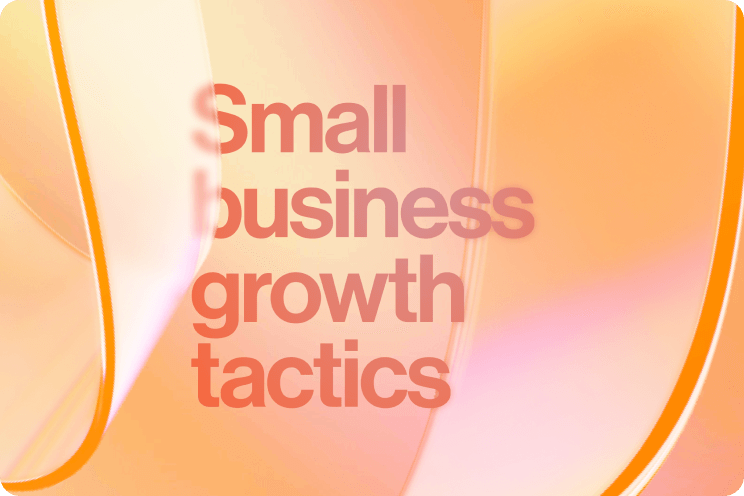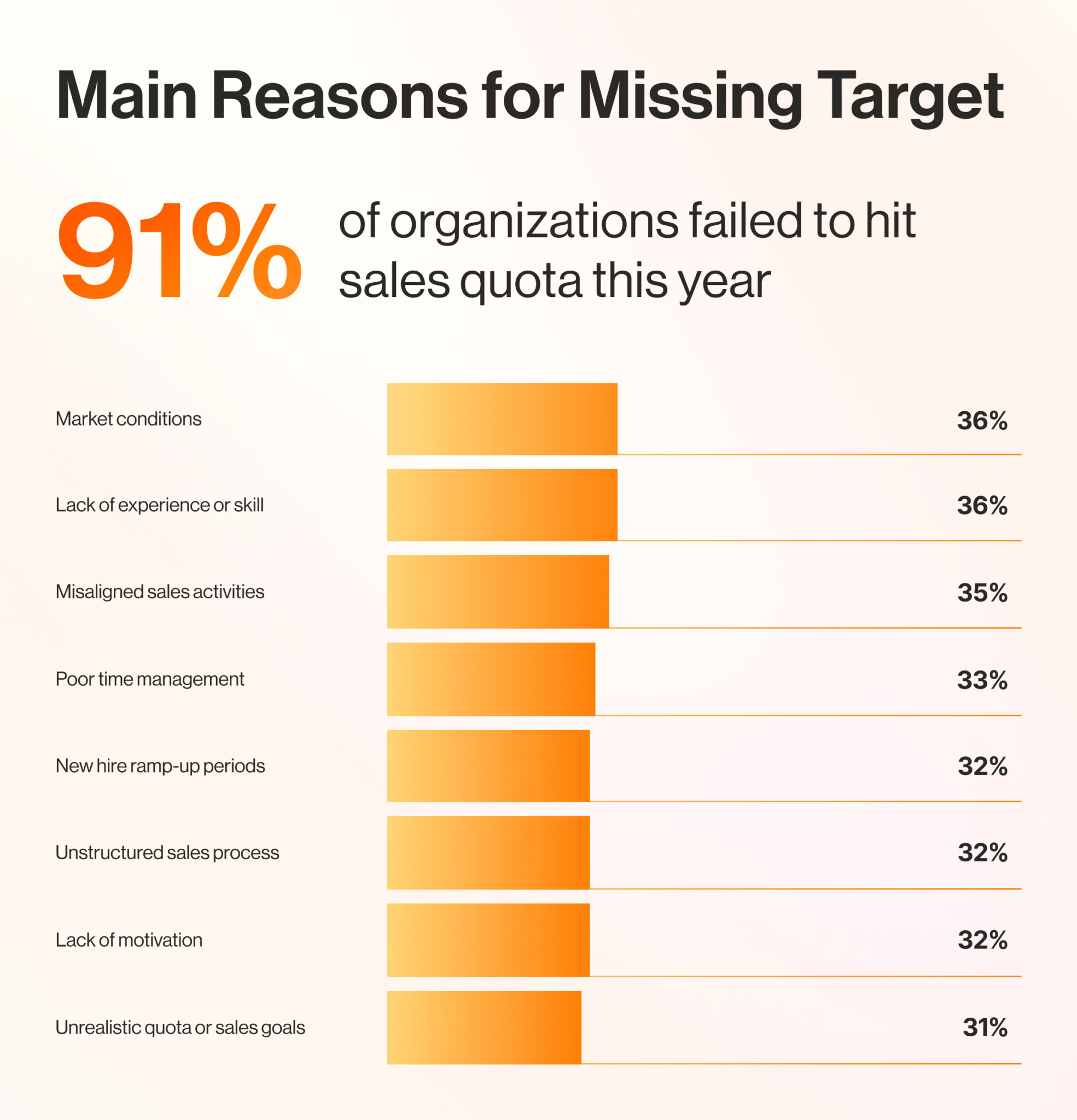91% of companies miss at least 20% of their quota. Read that again. Almost every company out there is failing to hit the targets they set for themselves. But they keep doing the same thing, expecting different results.
As Zig Ziglar once said, “Every sale has five basic obstacles: no need, no money, no hurry, no desire, no trust.” Your job isn’t just to sell but to remove those obstacles. And if your sales methodology doesn’t help you break through those obstacles, you’re dead in the water.
No matter how great the product or how brilliant the team is, if you’re selling the wrong way, you simply won’t get conversions. Maybe it’s talking when you should be listening. Pushing when you should be pulling. Chasing when you should be attracting.
The right sales methodology makes sure you’re still in business years from now. It keeps you in the game and gives you sales success. With that in mind, let’s look at how to choose the best strategy for your business.
What is a sales methodology?
A sales methodology is the approach your team follows to sell effectively. It’s the sales strategy behind how you move a lead down the sales cycle from curious to interested to ready to buy. It teaches sales reps both what to do and how to do it in a way that actually works.
Sales process vs. sales methodology
These two terms get mixed up a lot, which is understandable because they’re pretty closely related. However, there’s a difference:
- The sales process is the set of steps a salesperson follows in the buying process to turn a lead into a customer, from first contact to closing the deal to the follow-up “touching base” email.
- The sales methodology is the strategy that guides those steps.
So, to make it simple, the sales process is what you do. The sales methodology is how you do it.
3 Top sales methodologies
Your sales methodology should match your style and how you like to sell. The right approach will help you work smarter, close more deals, and feel confident in every conversation. Here are three popular sales methodologies to consider:
MEDDIC
This strategy was created by the team at PTC, a software company started in 1988 in Boston. The company kept growing for 40 straight quarters.
During that time, the sales manager and his team figured out what worked best and created MEDDIC, which is a system that helps you figure out who makes the decisions, what matters to them, and how to get them to say “yes.”
MEDDICC is about understanding your customer and making sure your solution is right for them. If you’re dealing with quick, one-off sales, skip it because it takes a lot of time and effort. But if you’re chasing big contracts and complex deals, it helps you stay in control.
To do it, sales organizations need to be asking the right types of questions to figure out if they’re a good fit and how to approach them:
- Metrics: What goals are they trying to hit?
- Economic buyer: Who has the final say on the money?
- Decision criteria: What do they care about when picking a solution?
- Decision process: How do they make the decision? What steps are involved?
- Identify pain: What problems are they trying to solve? How bad are those problems?
- Champion: Who inside the company is backing you?
By understanding these six things, you’ll know exactly how to go after the right prospects and close more deals.
Example
Say you’re selling artificial intelligence and finance solutions to enterprises. As a sales leader, you find out the CFO makes the final call, but IT has concerns about integration.
Instead of just pitching to the CFO, you build a relationship with someone in IT who backs your product. They become your champion, speaking up for you against objections.
When the time comes, you’ve already got buy-in from both IT and the CFO, making it much easier to close the deal.
NEAT selling
NEAT selling involves shifting the focus from pushing a product to really listening to the customer and understanding what they need. You take a tailored approach, meaning you’re not just following a script but having a two-way, open conversation with your target.
Example
Let’s say you’re selling an AI customer service solution to a business. Here’s how you’d use NEAT:
- Need: Start by asking what they’re struggling with. You could ask, “How are you currently handling customer service requests?” They might reply, “We often miss calls at peak periods, and many people call outside work hours.”
- Economic impact: Now that you know their pain points, you can talk about how your product will help them. In this case, they could implement an AI chatbot to answer customer questions at any time of day or night.
- Access to authority: You’d then need to make sure you’re talking to the right person. So ask. If they say, “I’m not sure. I’ll have to ask the IT manager.”, you know you need to talk to them, too.
- Timeline: Finally, find out when they’d be looking at getting your product to gauge the timeline.
The idea is to avoid wasting time on prospects who don’t actually need your product or service and, instead, focus on the people who do.
The Challenger Sale
Imagine you’re sitting in a meeting with a potential client. Instead of just answering their questions and talking about how great your product is, you turn things upside down by asking them tough questions.
You challenge their assumptions and make them see their business in a whole new way. That’s the Challenger Sale in action, going against the status quo.
The idea is that if you can make them realize they’ve been thinking about their problems all wrong, they’ll be more open to your solution.
So, instead of just trying to sell them something they think they need, you make them realize they need something more—something they may not have even considered.
This strategy can be quite challenging for sales professionals because the whole company has to be involved. So, it works best for complex sales environments. It’s not just the salesperson who needs to think differently. Everyone’s got to be aligned and ready to push for change.
It’s a bold approach, for sure. But when it clicks, it changes the way your potential customers see their whole business. They walk away thinking, “Wow, I didn’t even realize that our current situation was an issue until they pointed it out.” And that’s when the real value happens.
Other methodologies
These are just three of the many sales methodologies out there. There’s also Frank Watt’s solution selling method, SPIN selling, SNAP selling developed by Jill Konrath, conceptual selling developed by Stephen Heiman and Robert Miller, GAP selling, consultative selling, and many more.
Treat the three we’ve detailed as examples as we explore our next point: why choosing the right one matters.
How to choose the right sales methodology
Picking the right sales method for your business starts with understanding what your business needs and who your customers are.
Different methods work best for different industries, markets, and types of sales. Depending on how big and varied your customer base is, you might end up mixing a few methods to suit different situations.
These key questions can help you work out the right option. Just make sure to measure results before and after you implement your methodology of choice. The data will show you what’s working and what’s not.
What are your business goals?
First, figure out what you need. Are you looking to boost revenue? Grow your customer base? Build long-term relationships? Maybe you need to fix an issue like addressing customer pain points better?
Once you know your goal, you can choose the right method to help you get there. For example, SPIN Selling is great for looking into customer pain points, while consultative selling is more about building relationships.
How does your industry shape your sales?
Selling something simple like cookies at a café is different from selling subscription software to potential buyers at major enterprises.
You need to think about things like how long your sales cycle is, how complex the deals are, and what customers expect from you. This decision-making process will help you pick the best sales model.
Who are your target customers?
Your sales method needs to match what your customers expect. So, ask yourself who they are, how they think, and where they spend their time.
Are they expecting a quick sales call during their office hours? Or is this a form of enterprise selling where they expect a sales pitch before they make a purchase decision?
For the former, you might want to look into an autodialer, whereas, for the latter, it might be worth researching a few sales pitch examples for inspiration.
Ultimately, the important thing is to work backward from what you know about them, create buyer personas, and choose the method that fits.
The importance of choosing the right sales methodology
By now, we hope we’ve shown you that choosing the right sales method isn’t about jumping on the latest bandwagon. Instead, it’s about finding what clicks for your business and your customers.
A great sales approach gives you a deep understanding of what your clients really need, and that makes all the difference.
We all want to move leads through that sales funnel without hitting too many bumps along the way. So, as a sales manager, take a step back, think about what actually works for you and your customers, and go with it. It’s about finding the right fit, not forcing a square peg into a round hole.
FAQs
What’s the best sales methodology for a large company?
This is really dependent on what you’re selling. Solution selling is great because it focuses on understanding what the customer needs and offering them a tailored solution.
Alternatively, you could look at SPIN selling, which is great for looking into your customer’s unique needs by asking different questions.
What’s the difference between B2B sales methodologies and B2C sales methodologies?
Well, they’re actually pretty different. B2B deals are often more complex, take longer, and involve more people. So, you’ll need to keep that in mind when finding a methodology that works.
For B2C, where the sales process is usually quicker and simpler, AIDA, which stands for attention, interest, desire, action, might work better.
How do sales methods help close more deals?
Having a sales method in place gives you and your team a step-by-step plan that they can follow so they know exactly what to do at each stage. This makes it easier to connect with customers, figure out their needs, and, in turn, close the deal.
Originally published Aug 04, 2025
